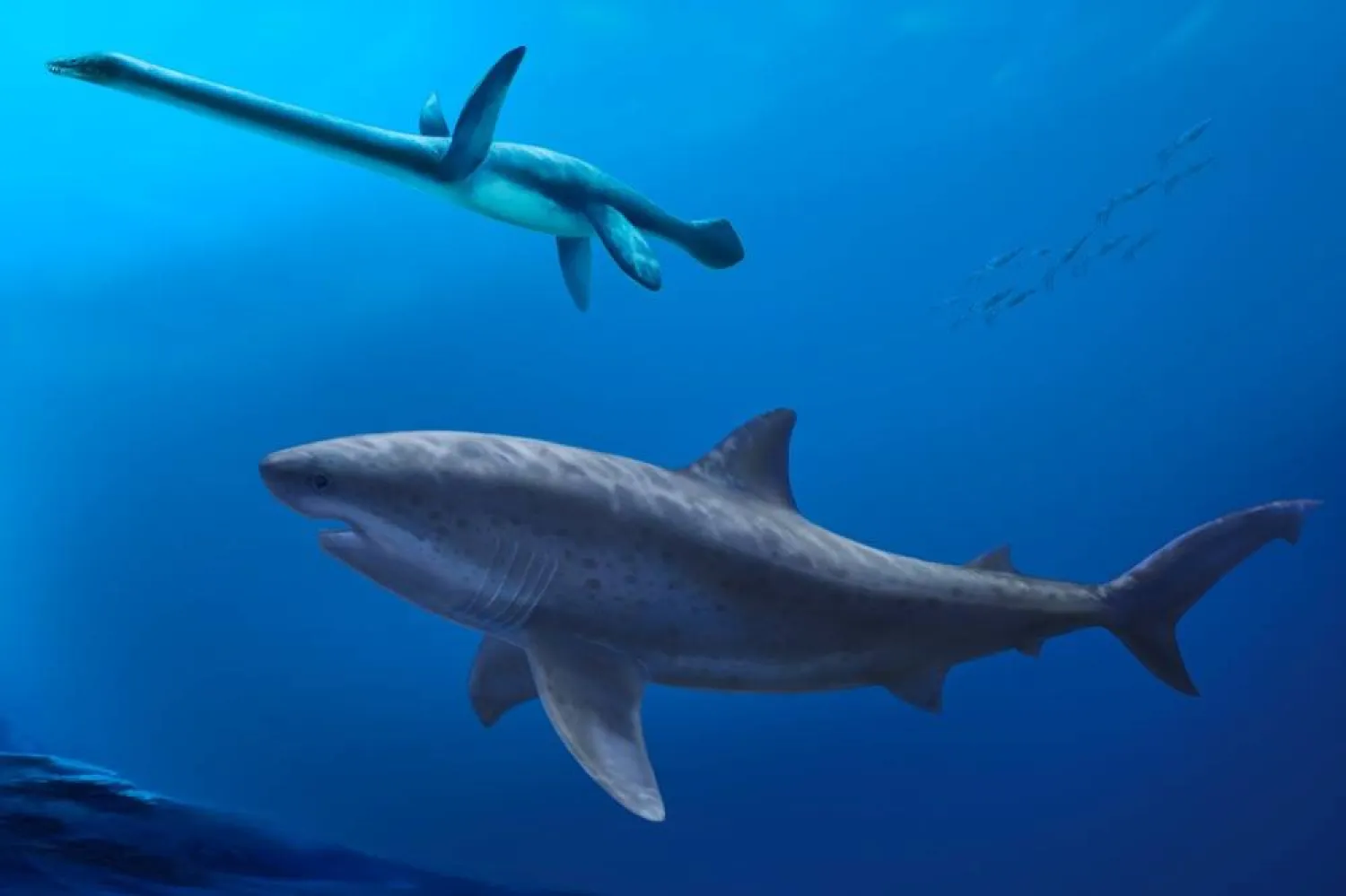Do you know the highest average grossing movie franchise in history? That’s easy, “Avatar.” What about the record for the most balloons popped in one minute by a pogostick? Or the longest journey in a pumpkin boat?
These and many more superlatives are in the latest edition of the Guinness World Records, which for 2024’s edition has taken our watery world as its theme. That means there’s extra entries for aquatic record-breakers, the largest octopuses, largest hot spring and deepest shark among the 2,638 achievements.
“To me the best records are the ones that you tell your friends in the playground or your mates, or wherever it is, in the gym. You just say ‘Look I saw this amazing thing today.’ That to me, is the sign of a good record,” says Editor-in-Chief Craig Glenday.
He estimates that 75% to 80% of the entries are new and updated, reflecting a huge oversupply of content. The Guinness World Record researchers get many more records approved than they can fit in a single book.
This year’s book is balanced between zany items — most hula hoops spun simultaneously on stilts — to serious science, like heaviest starfish. There are visits to history — pirate ships and shipwrecks — and pages devoted to record-breakers, like musician Elton John and tennis player Shingo Kunieda.
There’s a whole series of records just for kids and a new impairment initiative, which gives people with physical and mental challenges the chance to break records within their communities. It is all cleverly packed with facts, drawings and images and puzzles.
Glenday sees the annual book — initially conceived to settle bar arguments — as a fundamentally optimistic collection, one that celebrates ambition and record-breaking as very human things.
“We’re all striving to be a bit better at what we do and we enjoy the bit between life and death. So let’s just make the most of it. And I think that’s why it’s maintained its position over the last 70 years — it continues to just amuse and educate and inform and celebrate all these crazy, fun, inspiring things and people.”
The team at Guinness World Records get about 100 applicants a day and reject some 95%. Submissions, on the whole, must be measurable, breakable and provable. They may not impinge on someone else’s human rights or hurt an animal. And each book is curated annually, so twerking records, a thing just a few years ago, get replaced by TikTok records.
“We want things to be officially amazing. So is it amazing? Everything is a record. I could say I had couscous for lunch and I could document it, but no one cares. Where’s the superlative in it?”
Rejections are done diplomatically. If, for instance, an applicant hopes to land the record for most pretzels stuffed in their nose, researchers might gently say no, but prod the applicant to the grape-stuffing section. “If stuffing is your thing, we might have a category already created for you.”
First published in 1955, the book has developed into an international phenomenon published in more than 100 countries and 37 languages. The publication itself is listed as the world’s best-selling copyrighted book.
“It’s really aimed at reluctant readers. It’s lots of little chunks and trivia and nuggets. The designers agonize over every spread and they start from scratch every year. We throw the whole thing away in terms of the design,” says Glenday.
It started when Sir Hugh Beaver, then managing director of the Guinness Brewery, was invited to go game bird hunting in Ireland. He and his companions soon began to squabble over which was Europe’s fastest game bird. There was no quick way to solve the dispute.
“He said, ‘There must be in pubs all around the country people fighting and arguing over things that are simple and yet they can’t find an answer,’” Glenday says. Beaver dreamed up a pamphlet that could be sold to pubs alongside barrels of Guinness Stout.
He asked twins Norris and Ross McWhirter, who were fact-finding researchers, to compile something that would be different from the day’s encyclopedias, which were dry and very highly academic.
“What these guys did was create a book that says, ‘We’re going to reflect back what people are actually doing in the world.’ And so what they inadvertently created was an annual snapshot of the world.”
“It found this momentum, this life of its own, and took off and became much more than Sir Hugh ever imagined it could be because it was a unique way of thinking about the world.”
Glenday himself has been inspired to create categories. A few years ago, he was attending the X Games and saw a bulldog zip past him on a skateboard in the parking lot.
He found the owner of the dog, asked if he could chalk off 100 meters and invited the dog to skate. “We created a brand new record that became a thing, skateboarding dogs.”
“I’m fascinated just by the quirky and unusual and the slightly skewed view that Guinness World Records has on the world, so it’s been a perfect fit.”
He believes everyone has a record in them, whether it’s most sweaters worn, the loudest burp or baking the largest cake pop. And just striving for the record is rewarding, too.
“It’s very difficult to climb K2 in the fastest time. It’s very difficult and it will cost a fortune and you need years probably of training and acclimatization for weeks,” he says.
“But if you’re stuck at home with your kids and you think, ‘Let’s see how fast we can solve Mr. Potato Head,’ then you’ve got some bonding time with your child just trying to do Mr. Potato Head at the fastest time.”
One record is always up for the taking no matter who you are: oldest human. “Anyone can attempt the oldest age. I mean, that’s what we’re all attempting,” he says, laughing.









